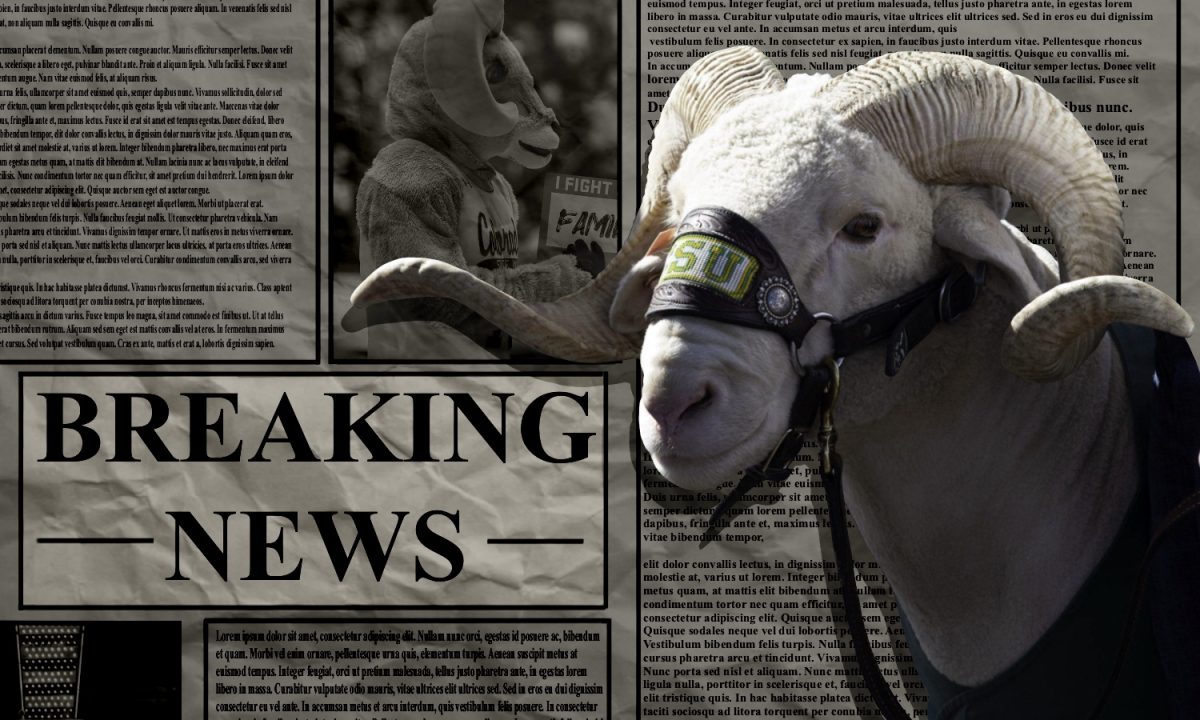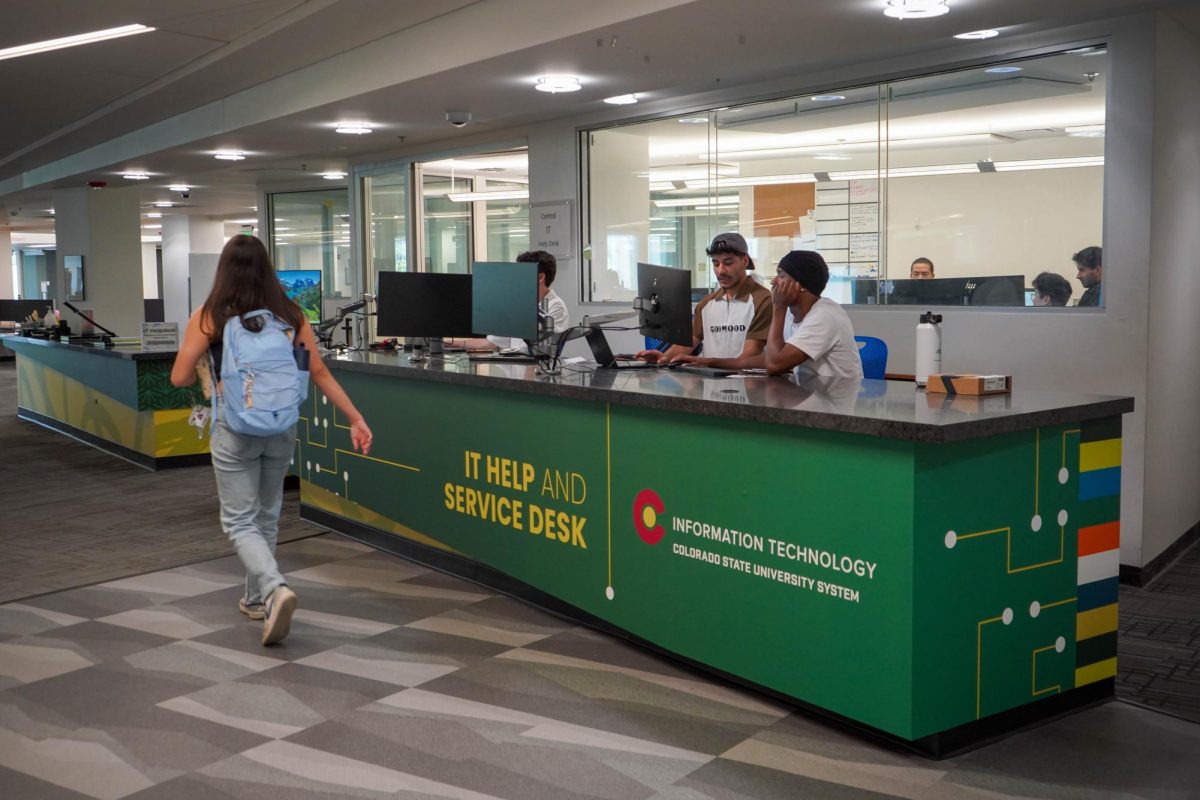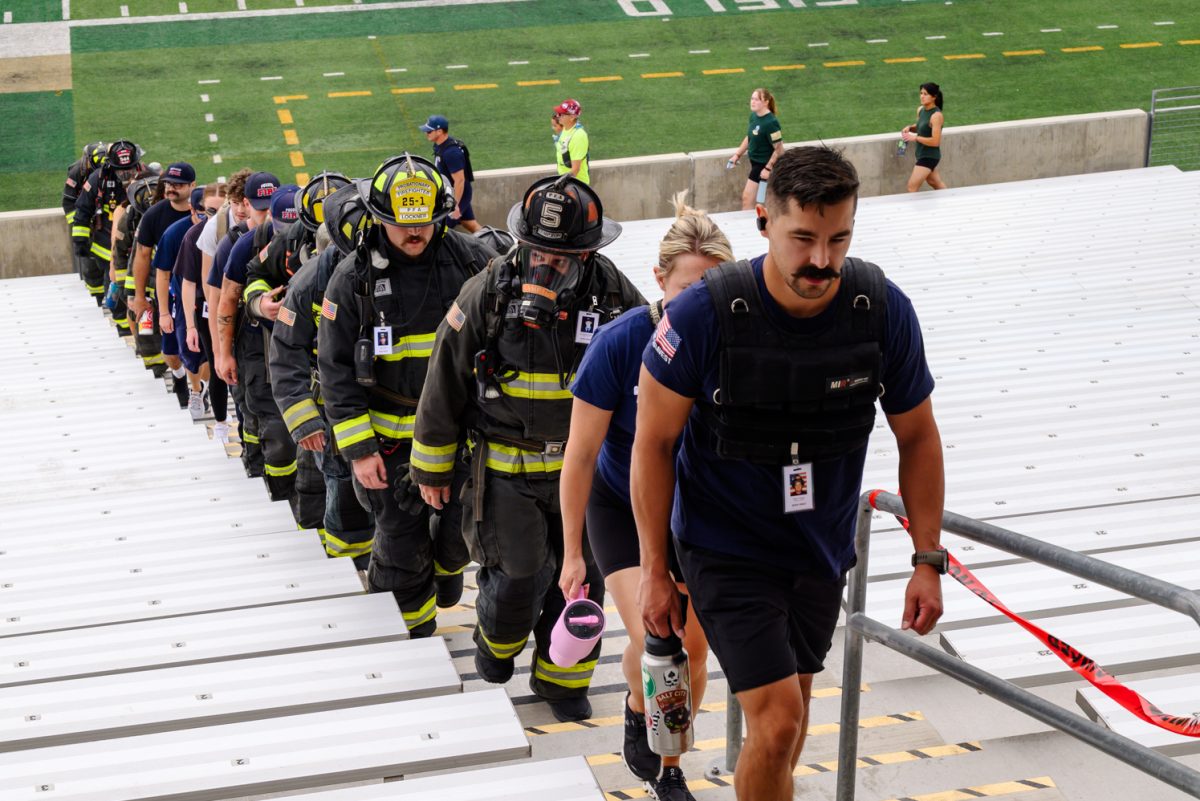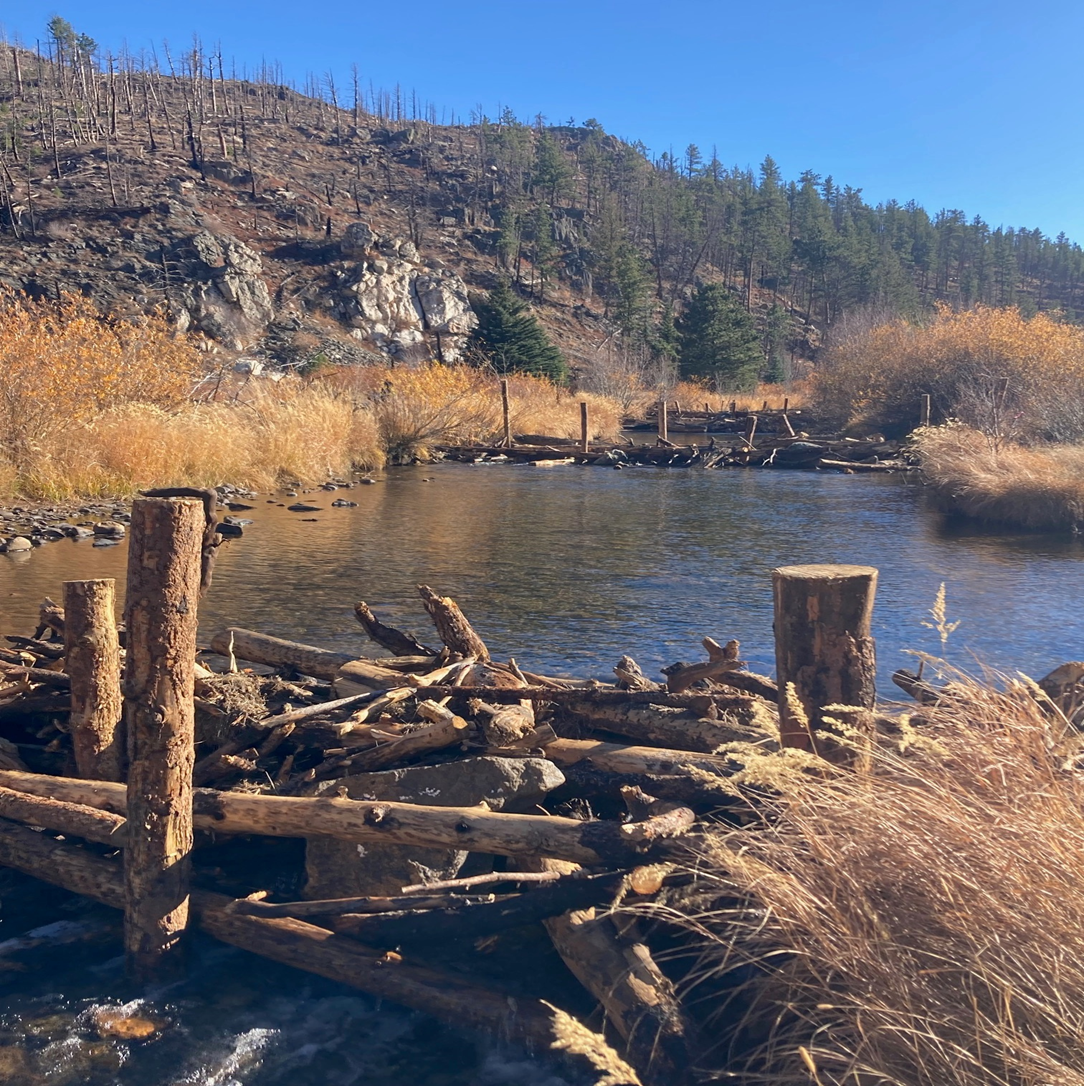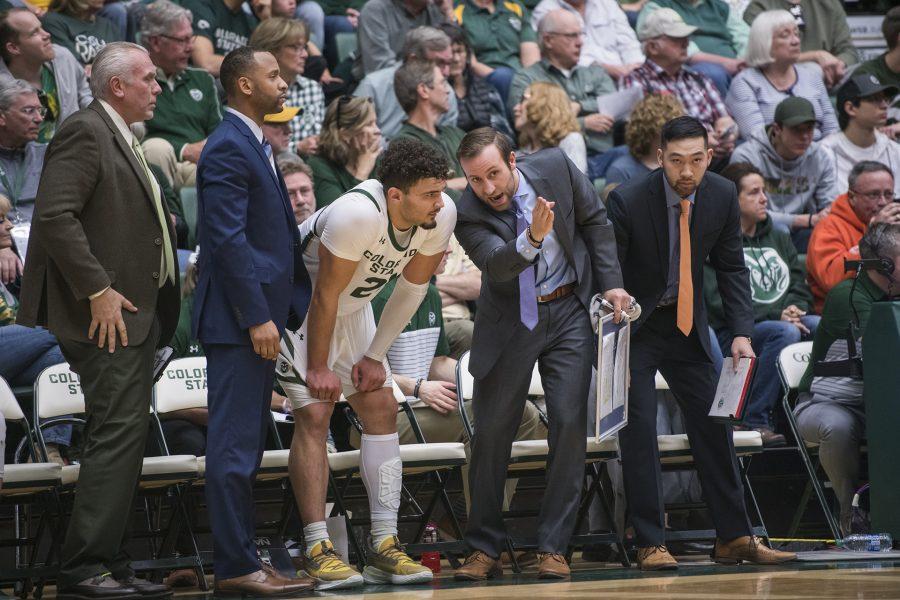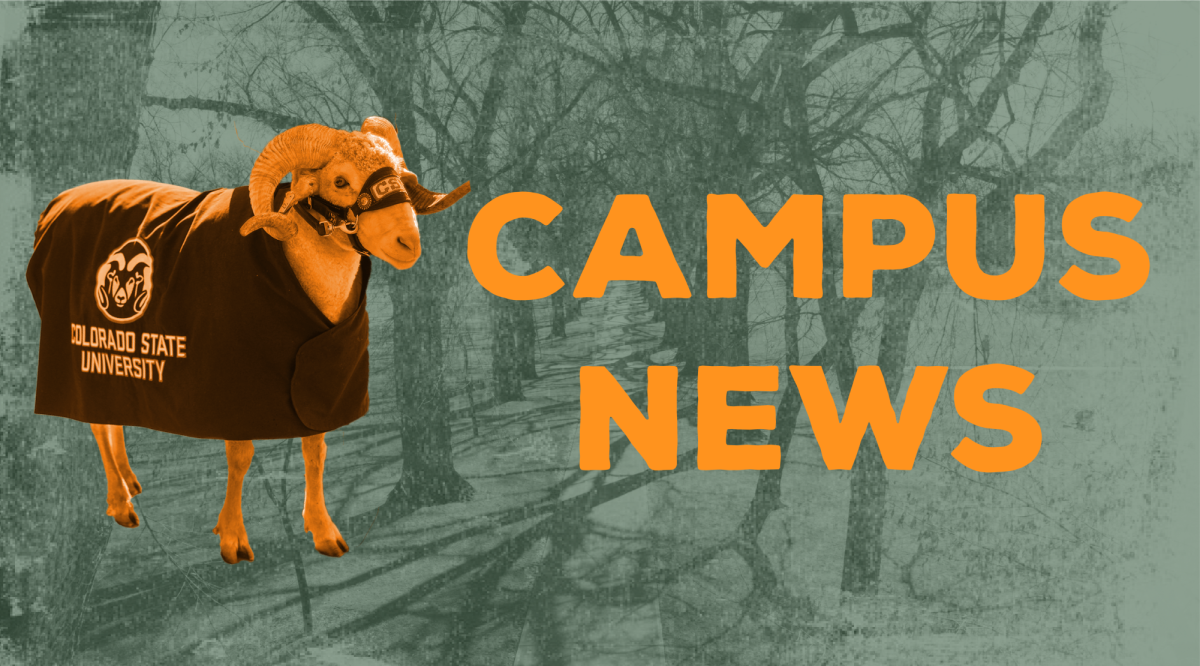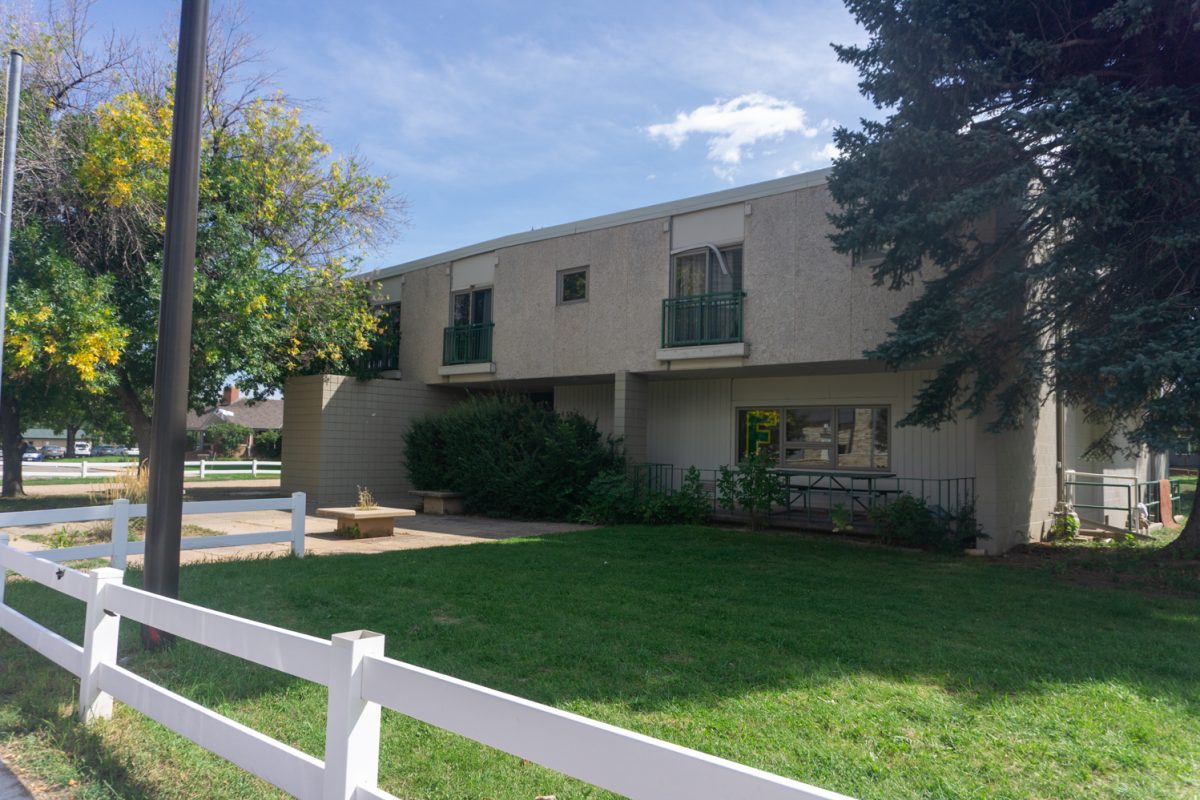The Center for Protected Area Management out of Colorado State University aims to help protect public lands around the world.
CPAM, an arm of the department of human dimensions of natural resources out of the Warner College of Natural Resources and the U.S. Forest Service International Programs, has participants in 23 countries around the world developing management plans for protected lands, with their biggest program in Brazil. The program is international outreach for CSU, as it is a land-grant school and an industry leader in natural resources for around a century, said co-directors Jim Barborak and Ryan Finchum.
“Protected areas are one conservation tool that is used to protect biodiversity and other values in ecosystem services that are important for humans and all life on earth,” Finchum said. “That’s really where we put all of our energy is focusing on how to develop and manage robust systems that are equitably and effectively designed.”
CPAM’s primary tool is what they call “capacity development,” or teaching public land management skills developed in the U.S. to professionals around the world so they can implement and develop them on their own.
Barborak and Finchum said since the United States created the National Parks Service more than 100 years ago, knowledge and expertise on land management have accumulated. However, land management issues change so quickly, it’s best to teach people internationally how to solve those problems independently.
“If we were just to go in as experts and say, ‘You build that trail this way,’ we’re not creating capacity in countries where, for the most part, most protected areas have been created in the last generation,” Barborak said. “We’re trying to build this capacity and this independence to do things on their own.”
In Brazil, CPAM is partnered with USFS and the Chico Mendes Institute for Biodiversity Conservation, essentially the Brazilian national parks system, to connect Brazilian citizens with their national parks and protect those public lands which consist largely of the Amazon basin.
The most important part of their work in Brazil is getting citizens to feel welcomed in and connect to the protected areas. Barborak said a largely urban population can still feel connected to the protected lands through work on projects that make those national parks more accessible, like trails and concessions.
“If people don’t know something, they don’t cherish it and support it,” Barborak said.
Going forward, CPAM hopes to fix what they see as mistakes and problems in land management and natural resources, like the expulsion of indigenous peoples from public lands and inclusiveness towards women and the LGBTQ+ community inside the industry.
Finchum said prior to the national park’s model in the U.S., protected areas were largely exclusively accessible by the elite. While American public lands are still being improved and developed, Finchum said it’s important that public lands are accessible to anyone who wants to see them.
“I’d encourage anybody reading the article to get out and be part of their parks,” Finchum said. “These parks belong to all of us and they’re better, more informed and more important for the next generation if everybody can get out and be a part of them.”
Ravyn Cullor can be reached at news@collegian.com or on Twitter @RCullor99.



